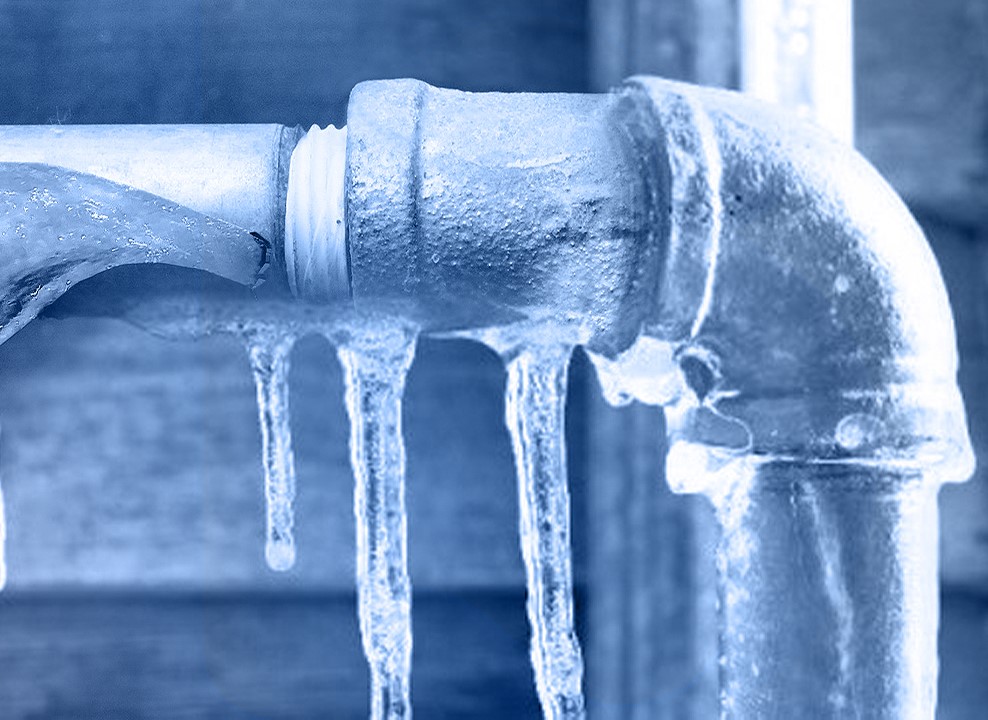Tips to Defend Your Plumbing from Freezing: Key Strategies
Tips to Defend Your Plumbing from Freezing: Key Strategies
Blog Article
What are your opinions with regards to Prevent Frozen Pipes ?

Cold weather can wreak havoc on your plumbing, specifically by freezing pipelines. Here's how to prevent it from occurring and what to do if it does.
Introduction
As temperatures decrease, the threat of icy pipelines rises, potentially bring about expensive repair services and water damages. Comprehending exactly how to prevent frozen pipes is critical for homeowners in cool climates.
Recognizing Icy Pipelines
What causes pipes to freeze?
Pipes ice up when revealed to temperature levels below 32 ° F (0 ° C) for expanded periods. As water inside the pipelines freezes, it expands, putting pressure on the pipe walls and potentially causing them to burst.
Threats and damages
Icy pipelines can cause water disruptions, building damage, and expensive repair services. Ruptured pipelines can flooding homes and create extensive structural damage.
Indicators of Frozen Water Lines
Identifying icy pipelines early can prevent them from rupturing.
Just how to identify frozen pipelines
Search for lowered water flow from taps, unusual smells or noises from pipelines, and noticeable frost on subjected pipelines.
Prevention Tips
Protecting at risk pipelines
Cover pipes in insulation sleeves or make use of warmth tape to protect them from freezing temperature levels. Focus on pipelines in unheated or exterior areas of the home.
Heating strategies
Maintain indoor rooms appropriately heated up, particularly areas with pipes. Open up closet doors to enable cozy air to distribute around pipes under sinks.
Shielding Exterior Plumbing
Garden tubes and outdoor faucets
Disconnect and drain pipes yard hoses prior to wintertime. Mount frost-proof faucets or cover exterior taps with protected caps.
What to Do If Your Pipes Freeze
Immediate activities to take
If you believe frozen pipelines, keep faucets open up to eliminate pressure as the ice thaws. Utilize a hairdryer or towels taken in warm water to thaw pipelines slowly.
Long-Term Solutions
Architectural modifications
Consider rerouting pipelines far from exterior walls or unheated areas. Include added insulation to attics, basements, and crawl spaces.
Updating insulation
Buy top notch insulation for pipes, attics, and wall surfaces. Appropriate insulation helps keep constant temperatures and reduces the threat of frozen pipelines.
Conclusion
Preventing icy pipes needs proactive actions and quick reactions. By understanding the reasons, indications, and safety nets, house owners can secure their plumbing during winter.
5 Ways to Prevent Frozen Pipes
Drain Outdoor Faucets and Disconnect Hoses
First, close the shut-off valve that controls the flow of water in the pipe to your outdoor faucet. Then, head outside to disconnect and drain your hose and open the outdoor faucet to allow the water to completely drain out of the line. Turn off the faucet when done. Finally, head back to the shut-off valve and drain the remaining water inside the pipe into a bucket or container. Additionally, if you have a home irrigation system, you should consider hiring an expert to clear the system of water each year.
Insulate Pipes
One of the best and most cost-effective methods for preventing frozen water pipes is to wrap your pipes with insulation. This is especially important for areas in your home that aren’t exposed to heat, such as an attic. We suggest using foam sleeves, which can typically be found at your local hardware store.
Keep Heat Running at 65
Your pipes are located inside your walls, and the temperature there is much colder than the rest of the house. To prevent your pipes from freezing, The Insurance Information Institute suggests that you keep your home heated to at least 65 degrees, even when traveling. You may want to invest in smart devices that can keep an eye on the temperature in your home while you’re away.
Leave Water Dripping
Moving water — even a small trickle — can prevent ice from forming inside your pipes. When freezing temps are imminent, start a drip of water from all faucets that serve exposed pipes. Leaving a few faucets running will also help relieve pressure inside the pipes and help prevent a rupture if the water inside freezes.
Open Cupboard Doors
Warm your kitchen and bathroom pipes by opening cupboards and vanities. You should also leave your interior doors ajar to help warm air circulate evenly throughout your home.

Do you really like more info about Preventing and dealing with frozen pipes? Leave a remark below. We will be glad to listen to your suggestions about this posting. We hope that you come back again in the future. You should set aside a second to distribute this article if you liked it. Thanks for being here. Don't hesitate to pay a visit to our blog back soon.
Book Services Report this page